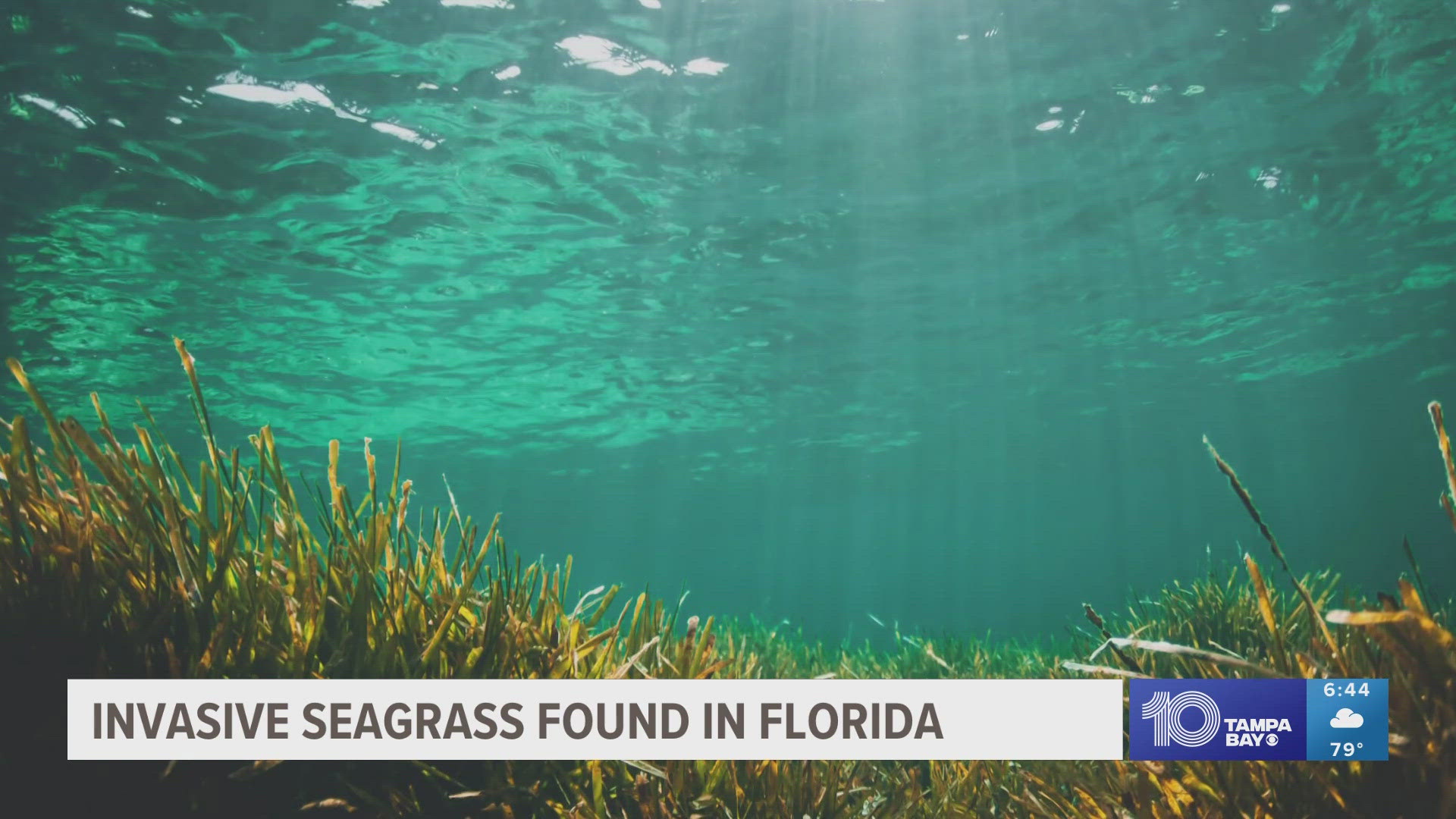MIAMI — An aggressive seagrass was discovered in South Florida, marking the first time this specific species has been found in the waters along the continental United States.
Florida International University scientist Justin Campbell positively identified Halophila Stipulacea growing in Biscayne Bay in Miami. The species is typically found in the Red Sea, Persian Gulf and Indian Ocean, according to a news release.
A Crandon Marina worker noticed the seagrass last month and reached out to Campbell who conducted tests to determine the species. It probably took root several years ago, but it's hard to spot because it looks similar to native vegetation, Campbell said.
“I think this species could pose a considerable threat,” he said in the release. “There are several reports of it being able to outcompete native seagrasses in other areas across the Caribbean. It is plausible that this could also be true for seagrasses here in South Florida.”
What is seagrass?
Seagrass is a plant that evolved from land plants. They have leaves, flowers, seeds roots and make their food through photosynthesis and are supported by the buoyancy of the water, according to the National Wildlife Federation.
The plants play an important role in the ecosystem by providing food for marine life such as sea turtles and manatees and providing nursery habitats. They also suck carbon emissions out of the air and store them long-term, according to scientists.
Canopies of seagrass protect smaller marine animals and provide a home for the organisms that grow on them, which also provide food for marine life.
Florida is home to seven species of seagrasses including turtle grass, shoal grass, manatee grass, widgeon grass and three species of Halophila including stargrass, paddle grass and Johnson's seagrass, according to the Florida Department of Environmental Protection.
What is different about Halophila Stipulacea?
While most species are declining due to warming waters and other human-caused impacts, this species can grow quickly and adapt to different conditions, scientists said. It can hold easily and grow at a variety of depths where most species require shallower depths to attain sunlight.
“We don’t know whether Stipulacea provides similar ecological benefits as compared to our native species,” Campbell said. “Our seagrass meadows here are some of the most pristine and well-protected in the Western Hemisphere. They are iconic and emblematic. We certainly don't want to lose them.”
Halophila Stipulacea first started spreading when the Suez Canal opened in the late 1800s. It would "hitch rides on the anchors and other parts of boats," the release read.
The marina in South Florida that it was found in accommodates medium and large sailboats, which are likely capable of travel to and from areas where Stipulacea is well-established.

